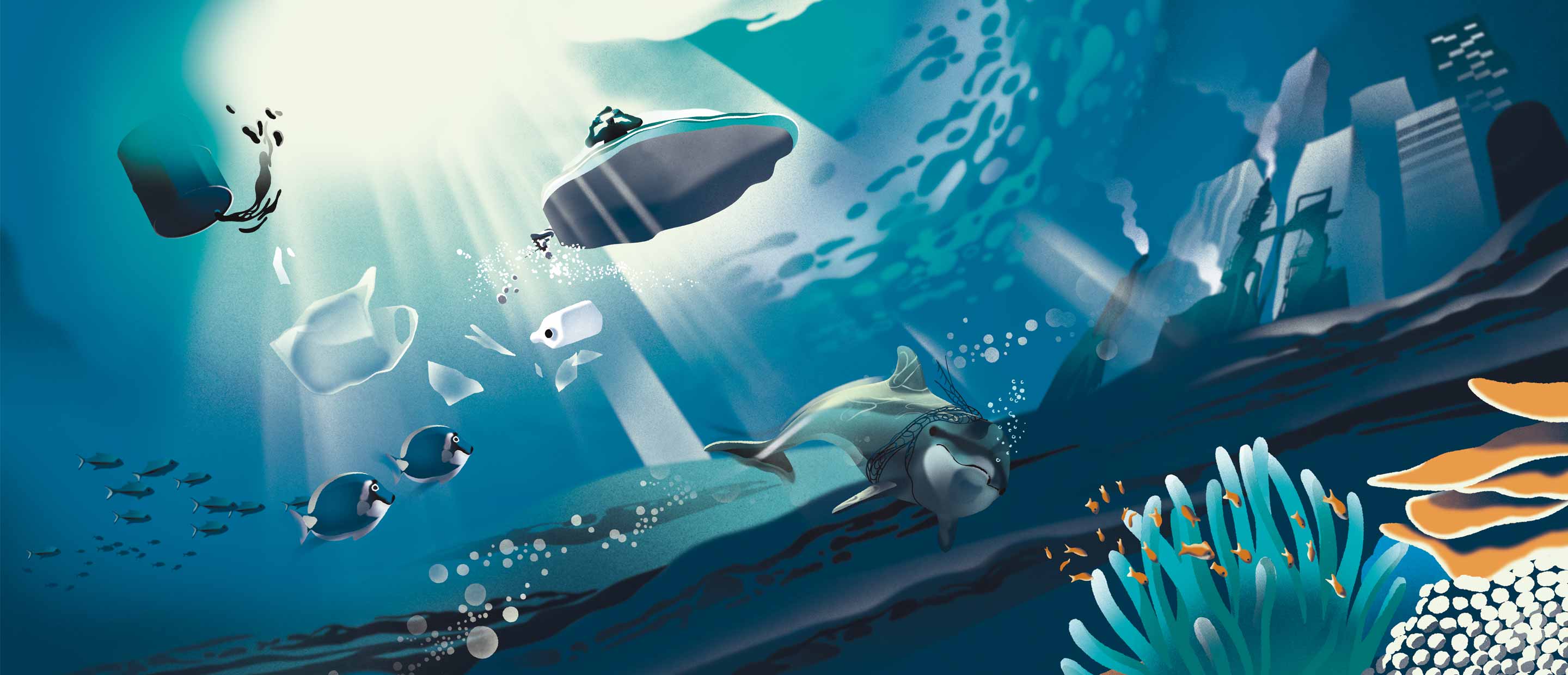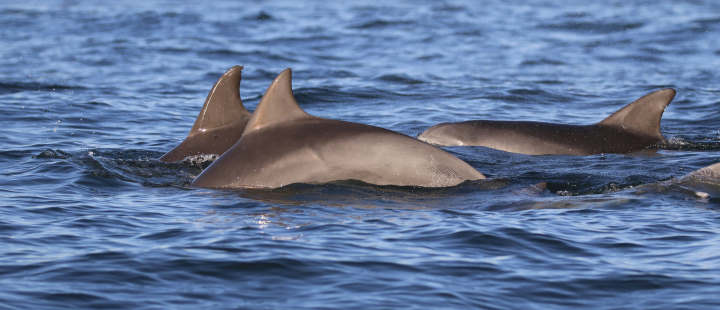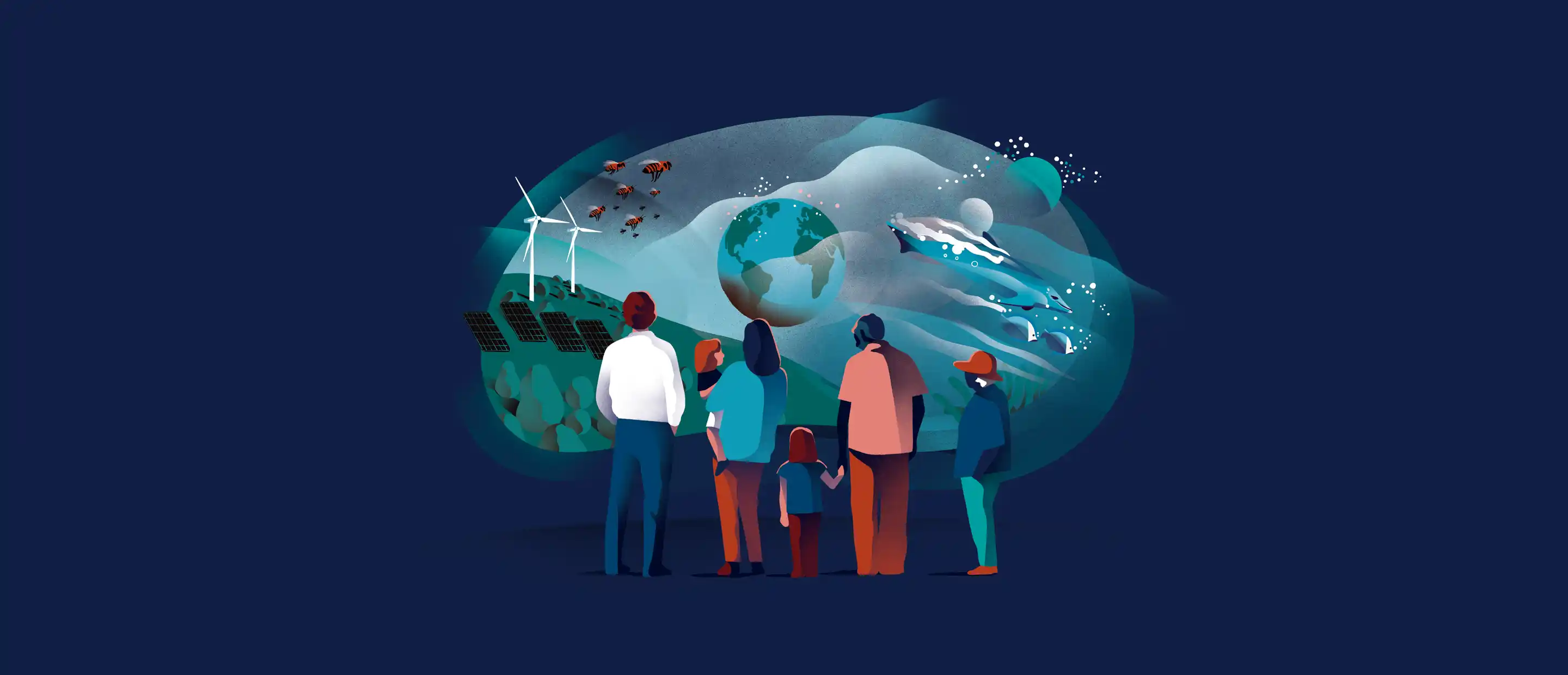In this new CIO Special, we look at what exactly the blue economy is, and why it remains crucial for biodiversity and the sustainability of global economic development.
We consider:
- Managing the blue economy: practicalities and aspirations
- Investing in the blue economy: five key challenges
- What lies ahead: the role for innovation and enterprise
The report also includes contributions from external specialists on the blue economy and coastal cities, and on the oceans’ capacity for regeneration.
SDG14 – Blue is the new green
Oceans and seas cover nearly 70% of our planet. Our oceans, salt water and freshwater habitats are thought to be the home of over 300,000 known species, with new species identified each year. They are therefore an essential element of global biodiversity – and, directly and indirectly, provide billions of people with their economic livelihood. Such biodiversity – above and below the water – is what we rely on to give a balance in our natural world. Variety is both the spice of life, as the old saying goes, and also offers protection against what can go wrong – as we know from experience in the investment as well as the natural world.
Back in 2015, the United Nations (UN) agreed on 17 Sustainable Development Goals (SDG) to be achieved by 2030. The 17 SDGs (and their 169 targets) are designed to provide a shared blueprint for all countries to follow to end poverty and other deprivation, through progress on a wide range of social, economic and sustainability issues.[1]
SDG 14 and 15 are, respectively, dedicated to life below water and life on land. SDG 14 focuses on the conservation and sustainable use the oceans, seas and marine resources for sustainable development.[2]
SDG 14 recognises the enormous contribution that the oceans make to our existence. They provide natural resources including food, medicines, biofuels or other products. Meanwhile, they also help with the breakdown and removal of waste and pollution. Estimates of the size of this contribution – the so-called “blue economy” – have of course to be tentative. The WWF reckons that the “blue economy” is worth USD24 trillion (in terms of assets) generating at least USD2.5 trillion a year in terms of economic value-added.[3] This would make it the world’s eighth largest economy, and the rush to expand the “blue economy” further continues. But while oceans and their resources are large, they are not limitless.
Overdevelopment of the “blue economy” threatens to reduce biodiversity, at the same time as the oceans are already struggling with the impact of climate change. But coordinated action can start to address the problem. The costs might be high – but would be largely compensated by the long-term gains. In economic terms, one estimate from the United Nations Development Programme suggests that scaled-up actions to sustain the global oceans would require a USD28 billion one-time public cost and USD21 billion dollars a year for recurring costs.[4] These figures (which are of course open to debate) are not large compared to possible economic and social impact of doing nothing – in terms of a decline in the “blue economy”, and also the secondary potentially existential impact of this on climate change – above and below the water. So SDG 14 is central to the UN’s development goals – blue is indeed the new green.
References



